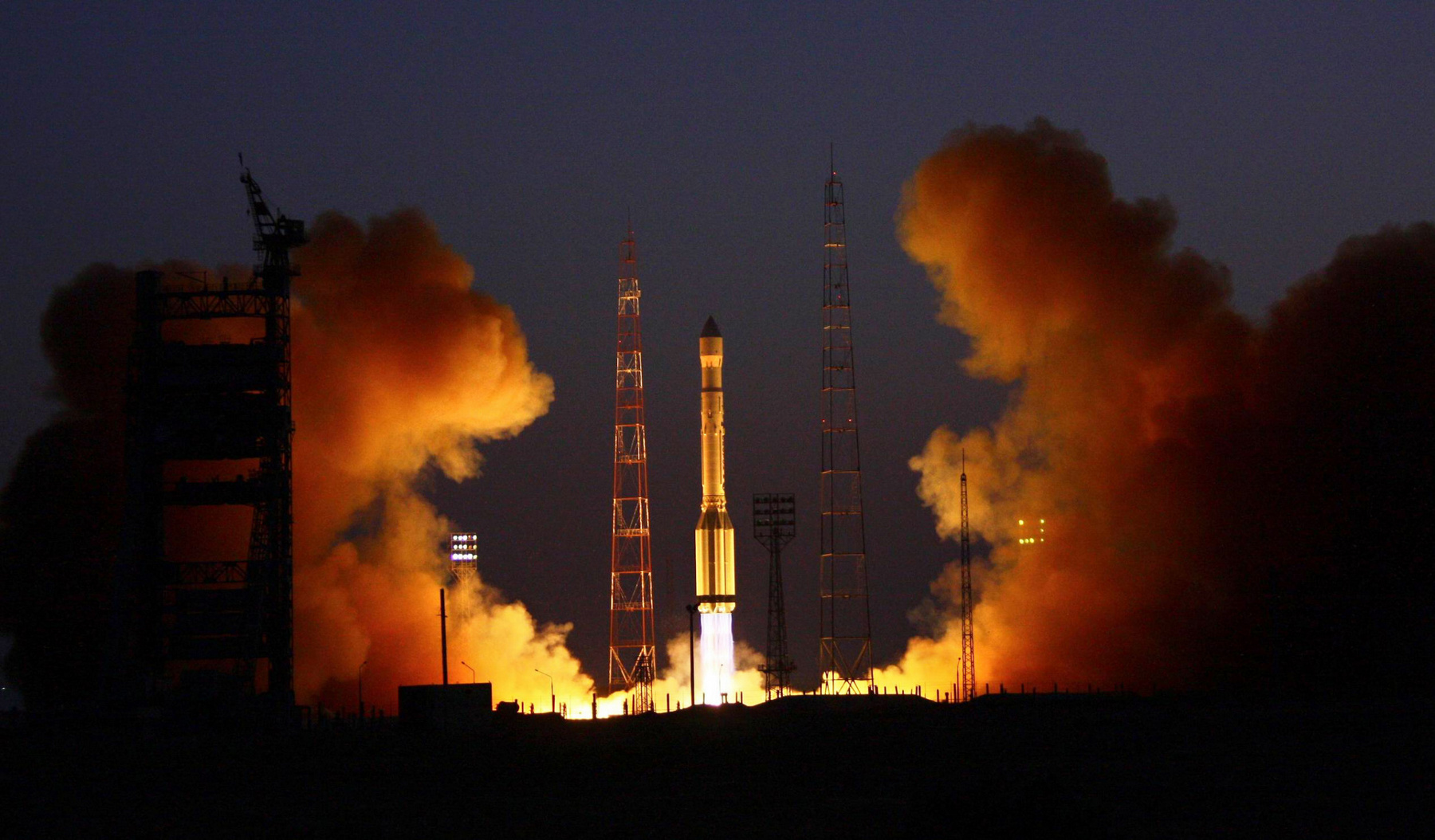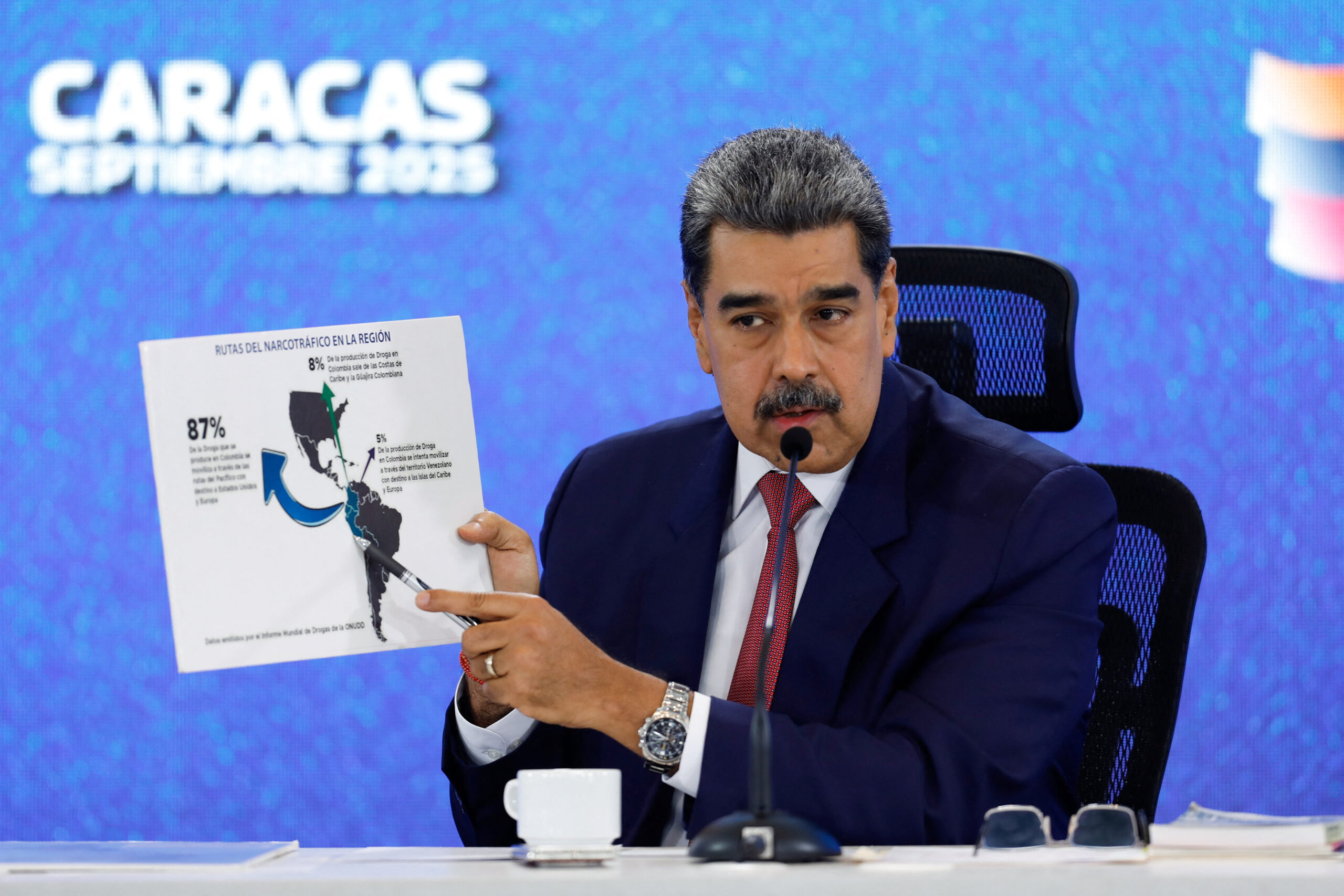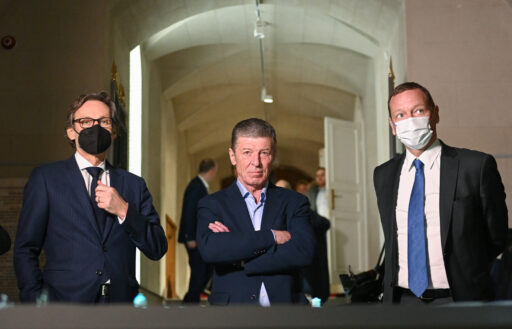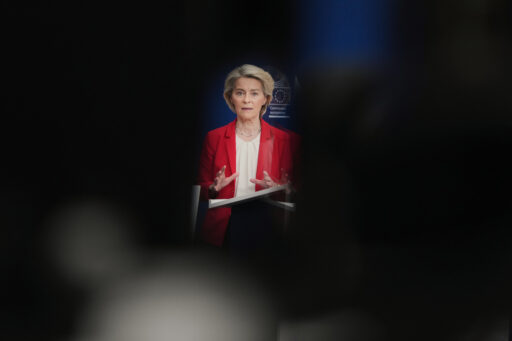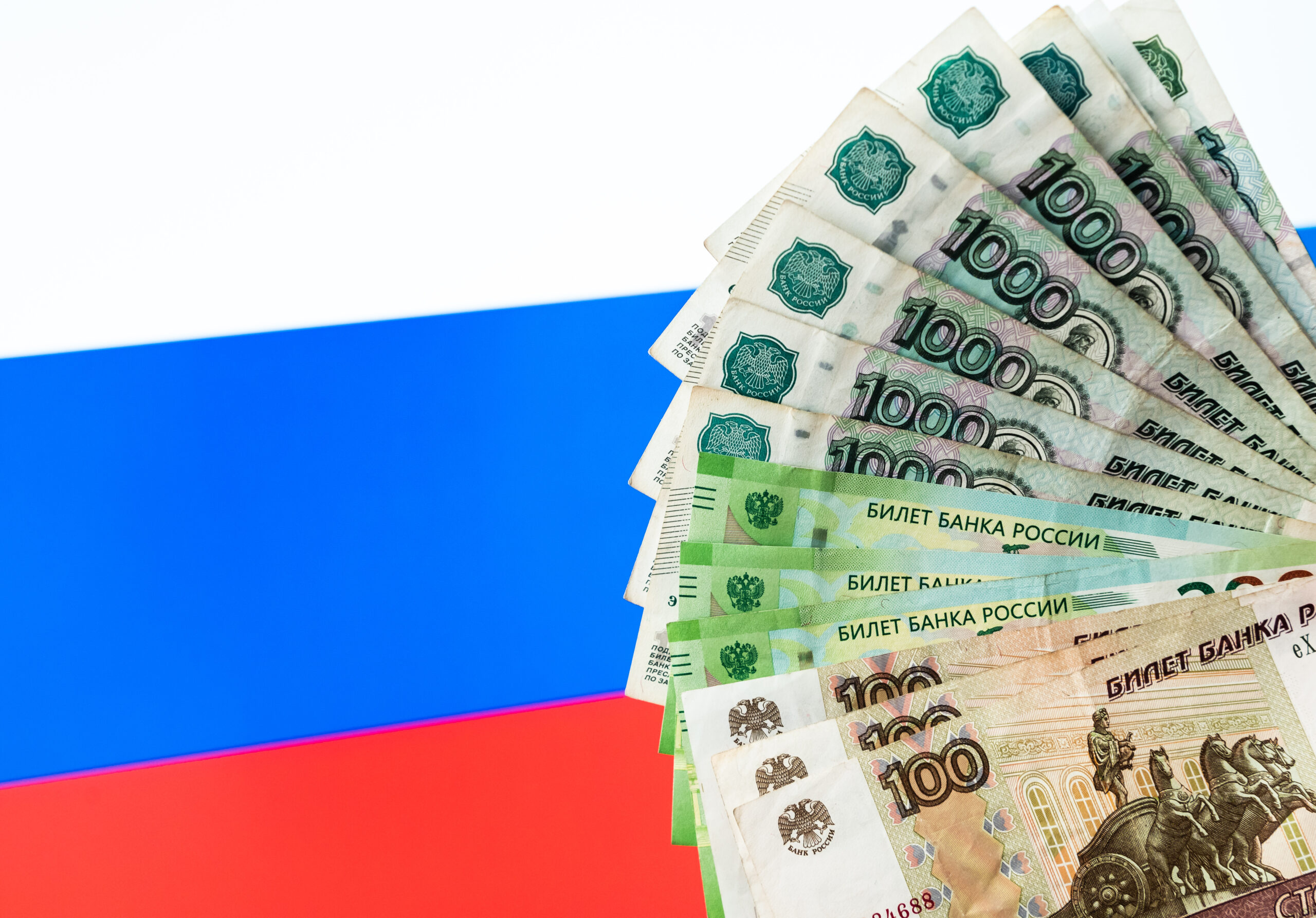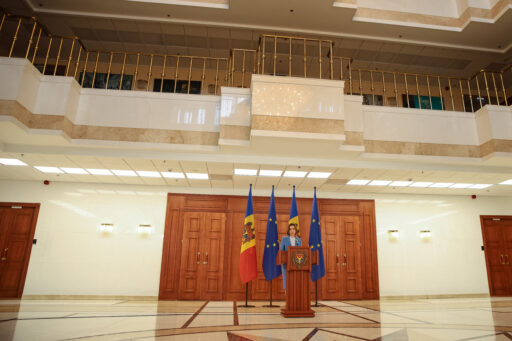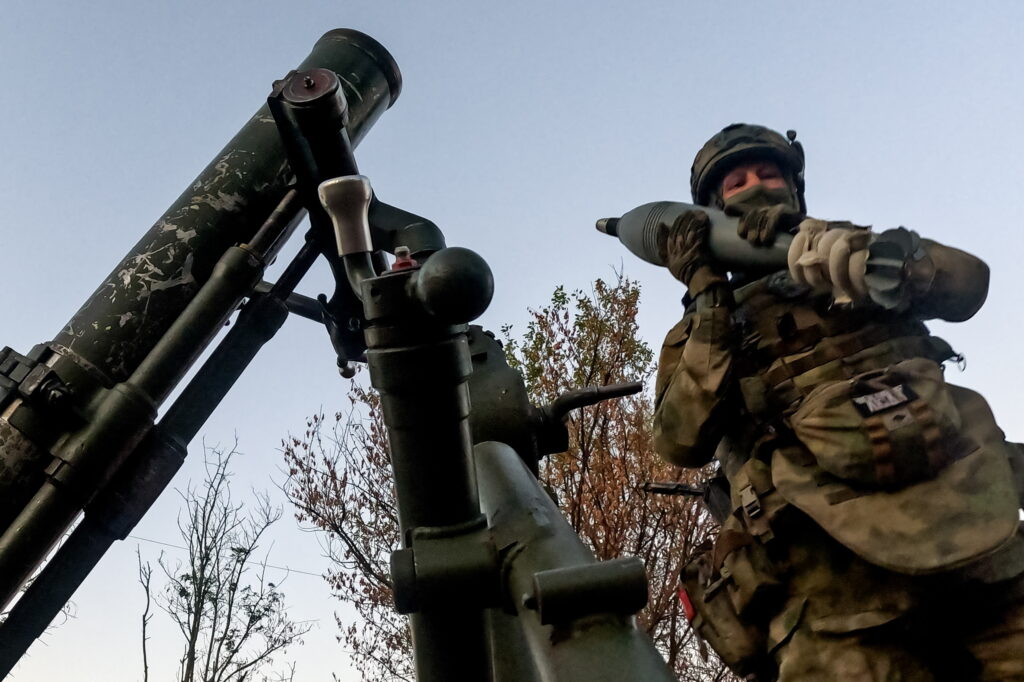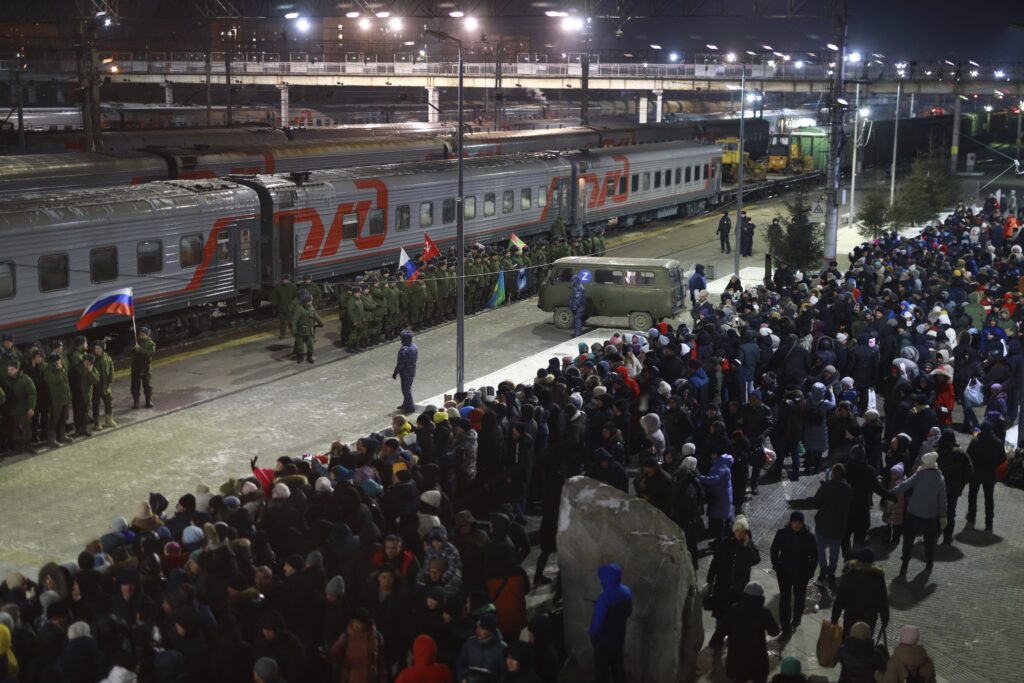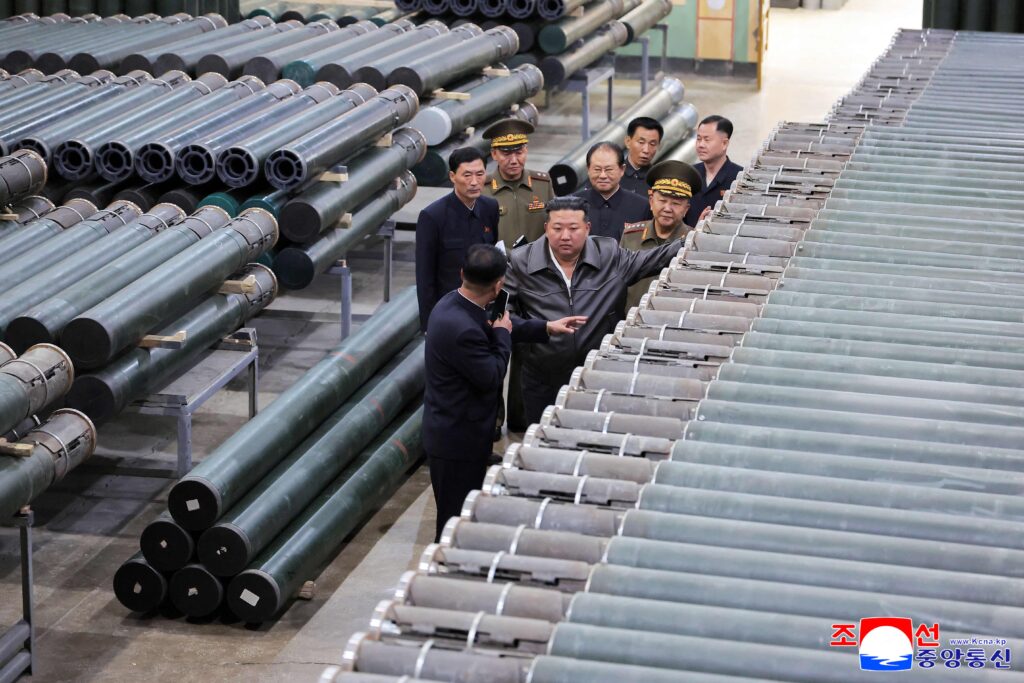Moscow has been watching how the United States has been building its space forces since 2018, gradually separating them from its air force. For many years, the latter have been primarily responsible for the American military space programme. In parallel, China has been building up its space capabilities: it has already bypassed Russia’s tally of military satellites. This cannot fuel optimism in the Kremlin, either, given its efforts to be considered the world’s second military power. After all, formal indicators can be nicely converted into international political significance during peacetime.
Russia spends USD 1.6 billion a year on its military space programme, although the sanctions have slowed down its growth in some areas. For instance, it has been developing satellites capable of manoeuvring in orbit, as well as high endoatmospheric defence interceptors that could be used hypothetically against low-Earth orbiting satellites. Albeit without any serious military sense, all this is designed to strengthen Moscow’s global political significance.
Expenditure on the military space programme
Russian military space expenditures are not officially published, but can be assessed. The volume of the state programme “Russian Space Activities in 2013–2020” is 1.8 trillion roubles. Of these, slightly more than 1.3 trillion roubles were allocated to the civil space programme, the GLONASS programme and the development of space bases in this eight-year period. Thus, the remaining almost 500 billion roubles can be attributed directly to the maintenance and development of the military satellite constellation. In other words, annual spending can be estimated at just over 60 billion roubles, or about USD 1 billion, before the recent devaluation of the rouble. This estimate corresponds to the consolidated revenue of Roskosmos (387 billion roubles in 2018) minus funds from federal space programmes, exports of space products and services, products for the oil and gas industry, and, again an estimated figure, from the production and disposal of missile weapons.
The costs of the aforementioned GLONASS navigation system should also be attributed to the military space programme. For example, in 2018 they amounted to over 39 billion roubles (approx. USD 625 million), with 28.3 billion in 2019 (USD 437 million), and an expected 28.5 billion roubles (approximately $ 412 million, given the depreciation of the ruble in the spring of 2020) in 2020.
In 2018, Russia spent over 41 billion rubles (more than $654 million) on the launching sites development program, in 2019 – 63.5 billion ($982 million), and 31.2 billion in 2020 according to announced plans (about $451 million taking into account the depreciation of the ruble). The costs of maintaining and developing the Plesetsk military space centre can be estimated at 6–10 billion per year ($100–150 million). If we add the costs of other ground-based space infrastructure and personnel, the Russian military space program can be estimated (conservatively) at $1.6 billion per year. Of course, this is less than the US $14 billion allocated for 2020, but this is several times higher than, for example, France’s spending on military space – it planned to spend $4 billion on the development of the military satellite constellation during 2019-2025, i.e. an average of $ 571million a year.
Simply speaking, Russia spends more on military space programmes than other countries, except for the USA and, most probably, China. However, due to the depreciation of the rouble in March 2020, the dollar equivalent of these expenditures will decline. If this happens, the Russian authorities will have to make a choice: either moderate ambitions, or spend more on military space programmes. The cost of military satellites and missiles, which are cheaper today when expressed in U.S. dollars, cannot remain at this level for a long time.
Quantity matters
According to the latest data (1, 2), Russia has 105 military vehicles in orbit: 51 communication satellites, 29 GLONASS satellites, 16 remote Earth-sensing satellites (optical, radar and electronic intelligence), 6 experimental vehicles (technology development) and 3 small satellites for monitoring the situation in space. For comparison, the United States has about 190 military satellites in orbit while China has 109. Clearly, communication satellites prevail in the structure of the Russian constellation. At the same time, the largest share of satellites held by the USA and China are those performing intelligence functions: 56 and 57 vehicles, vis-à-vis 49 and 3 communications satellites, respectively. The same is true for other leading space powers: intelligence is a priority, while communication needs, although dependent on the geography of military presence, are provided by fewer satellites.
The Russian situation can be explained simply: the technical characteristics of Russian military satellites are inferior to foreign satellites, and their lifetime is shorter (up to 7 years nowadays). Therefore, a relatively large number of communication satellites have to cover the needs of the armed forces, especially far from the borders. Moreover, the Russian market for commercial space services is poorly developed; military satellites account for 65–70% of all Russian satellites (slightly over 160 vehicles). In contrast, military satellites represent only one third of all China’s vehicles in orbit (over 320 in total); the respective percentage for the US is less than 20%.
In other words, armies in other countries may turn to their national companies for services, while NATO countries are likely to share orbital constellations in the foreseeable future. Russia simply does not have such an opportunity. Its political and economic model imposes restrictions on such use. For example, all commercial providers of communications services are owned by the Russian government: Gonets (part of Roskosmos), the international organisation Intersputnik, Gazprom Space Systems, and each of them has a modest fleet of satellites compared to major foreign companies. Thus, it turns out Moscow has to spend a lot of resources as part of its military programme to ensure communications for its army. In the end, little energy is left to cover the shortage in space intelligence assets.
Another interesting issue is the rate of rotation of Russian military satellites. For example, in 2014–2016, Russia launched 22 military vehicles into space. But the total number of the orbital military group was stable: 80–81 vehicles. In other words, satellites launched in the 1990s and early 2000s were being phased out. From 2017 to March 2020, a total of 26 military satellites were launched and the total military constellation increased to a figure of 105. The rate of satellite withdrawal during these three years was almost nil. For the sake of comparison, since 2017, the number of American military satellites has increased from 151 to 190, with the Chinese increasing theirs from 58 to 109.
The declining rotation rate of the Russian military space constellation can be explained by the increased warrantied life cycle of the vehicles. The life cycle used to be 3–5 years and now reaches 7 years. This was achieved largely due to the use of more advanced imported components and equipment purchased before the sanctions. Incidentally, Western sanctions are having a serious impact nowadays: for example, Russia was forced to abandon the deployment of more advanced and long-life GLONASS-K navigation satellites and return to the previous generation of GLONASS-M.
In other words, the developments of the last three years which were favourable for the Russian military are a consequence of the favourable situation in foreign policy and the economy in previous years. This situation is, most likely, temporary. With yet another depreciation of the rouble, it will now be more difficult for Moscow to maintain and improve its orbital constellation. Consequently, the number of Russian military satellites will grow more slowly or might even begin to decline. In this situation, the Russian authorities will inevitably face the following question: how to level out the quantitative and/or qualitative superiority of other powers in the military use of space?
The classic asymmetric response
Moscow is giving a political solution to this problem. It pretends to work on anti-satellite systems: from the so-called satellite inspectors, capable of orbiting and approaching foreign vehicles, to interceptor missile systems capable of shooting down foreign satellites in low orbits. The problem is that none of this makes military sense. Such experiments are more to enable Russia to increase its political significance as a military power and strengthen its bargaining positions on a broad range of global security issues, which has been its main diplomatic field for several decades.
Following China (2007), the United States (2008) and India (2019), Russia is likely to experiment with to destroying a satellite soon: such experiments allow countries to develop their missile technology, while satellites are simply used to simulate warheads. Yet it is hard to imagine an attempt to destroy dozens and hundreds of spacecraft in different orbits using missiles and manoeuvring satellites. The latter, by the way, have much greater potential in repairing and modernising the existing vehicles.
It is much more realistic to develop radio-electronic warfare to interfere with the enemy’s satellite systems. Ground-based space infrastructure, including mobile space infrastructure, appears to be a much more convenient target. Without it, the enemy’s capabilities will be diminished. Also, the odds are that Russia’s military personnel believe, in the event of a confrontation with a technologically superior enemy, they will act proactively, before the enemy is able to deploy significant forces.
Strange as it may seem, Russia can learn from Iran’s experience here. Its military infrastructure in Syria has shown survivability, despite raids of Israeli aircraft based on data from advanced reconnaissance satellites. Russia itself managed to catch American intelligence unawares with its space resources during the operation to annex Crimea in 2014. Thus, confident dominance on the ground can compensate for the enemy’s superiority in outer space as long as there is proper organisation of troops and speedy action. This is what Moscow is now betting on when implementing its military space programme.
